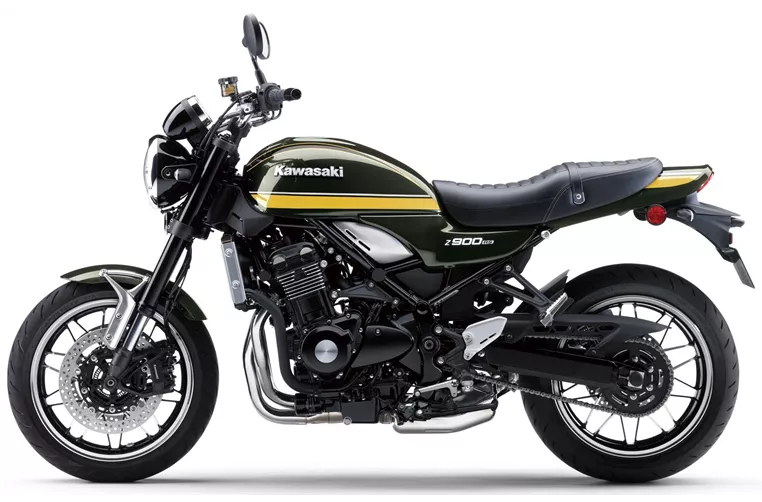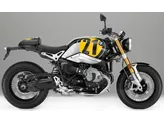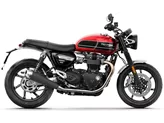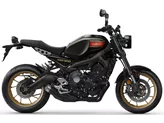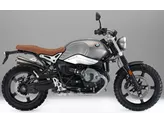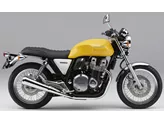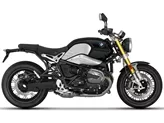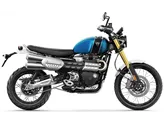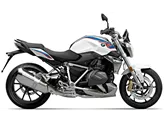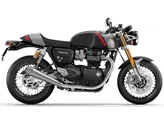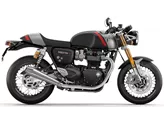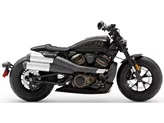BMW R nineT 2018 vs. Kawasaki Z900 RS 2021

BMW R nineT 2018
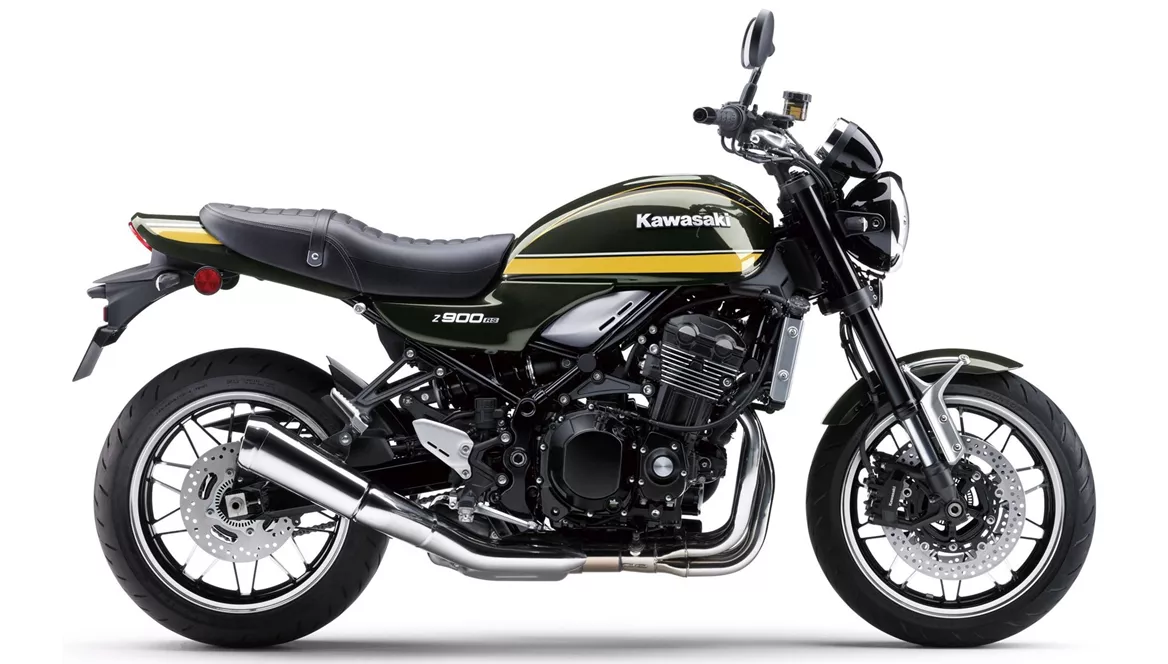
Kawasaki Z900 RS 2021
Overview - BMW R nineT 2018 vs Kawasaki Z900 RS 2021
The BMW R nineT 2018 and the Kawasaki Z900 RS 2021 are both naked bikes that offer a unique riding experience. Let's compare them in terms of their technical specifications, strengths, and weaknesses.
In terms of engine and drive train, the BMW R nineT 2018 is equipped with a Boxer engine that delivers 110 HP of power and 116 Nm of torque. It has a fuel injection system and features a 2-cylinder configuration. The cooling system is oil-air, and the displacement is 1170 ccm. On the other hand, the Kawasaki Z900 RS 2021 has an in-line engine that produces 111 HP of power and 98.6 Nm of torque. It also has a fuel injection system and features a 4-cylinder configuration. The cooling system is liquid, and the displacement is 948 ccm.
Both bikes have upside-down telescopic forks for the front suspension and monoshock absorbers for the rear suspension. The BMW R nineT 2018 has a Paralever suspension system, while the Kawasaki Z900 RS 2021 has a swing arm suspension system. The chassis of both bikes is made of steel, with the BMW R nineT 2018 featuring a tubular, load-bearing engine frame and the Kawasaki Z900 RS 2021 featuring a tubular frame.

BMW R nineT 2018
When it comes to braking, both bikes have double disk brakes at the front with a diameter of 320 mm for the BMW R nineT 2018 and 300 mm for the Kawasaki Z900 RS 2021. They both have four-piston calipers. In terms of assistance systems, both bikes are equipped with ABS. However, the Kawasaki Z900 RS 2021 also has traction control.
In terms of dimensions and weights, both bikes have a front tire width of 120 mm and a rear tire width of 180 mm, with a diameter of 17 inches for both tires. The wheelbase of the BMW R nineT 2018 is slightly longer at 1487 mm compared to the 1470 mm of the Kawasaki Z900 RS 2021. The seat height of the BMW R nineT 2018 is 803 mm, while the Kawasaki Z900 RS 2021 has a slightly higher seat height of 835 mm. The kerb weight of the BMW R nineT 2018 is 222 kg, while the Kawasaki Z900 RS 2021 is lighter at 215 kg. The fuel tank capacity of the BMW R nineT 2018 is 18 liters, while the Kawasaki Z900 RS 2021 has a slightly smaller capacity of 17 liters.
Now let's discuss the strengths and weaknesses of each bike. The BMW R nineT 2018 is known for its boxer engine, which provides a unique and characterful riding experience. It offers powerful low-end torque, making it enjoyable to ride. The seating position is comfortable, and the bike comes with extensive equipment. Additionally, there is a large accessories market available for customization. The BMW R nineT 2018 also has a cool and stylish look.
On the other hand, the Kawasaki Z900 RS 2021 stands out with its authentic and beautiful retro look. The seating position is very comfortable, making it suitable for long rides. It is also praised for being easy and comfortable to ride, making it accessible to riders of different skill levels.
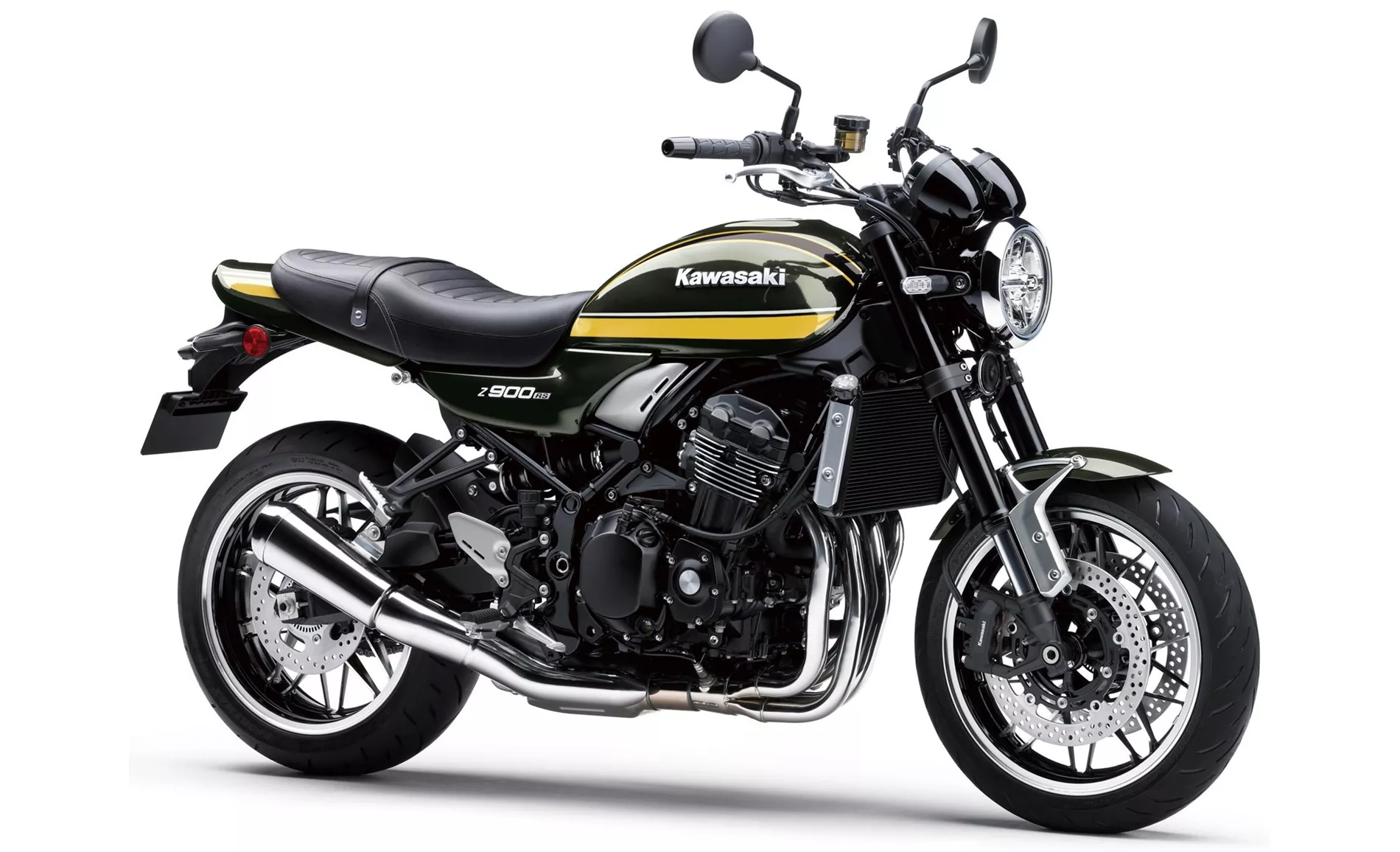
Kawasaki Z900 RS 2021
However, the BMW R nineT 2018 has some weaknesses. The footrest position can be a bit uncomfortable when maneuvering the bike, and the passenger ride comfort may not be as good as some other models. Additionally, the BMW R nineT 2018 is known for its higher price compared to other bikes in its class.
Similarly, the Kawasaki Z900 RS 2021 has a couple of weaknesses. It lacks a quickshifter and driving modes, although it does have adjustable traction control.
In conclusion, both the BMW R nineT 2018 and the Kawasaki Z900 RS 2021 have their own unique features and strengths. The BMW R nineT 2018 offers a powerful and characterful riding experience with a comfortable seating position and extensive equipment. The Kawasaki Z900 RS 2021, on the other hand, stands out with its authentic retro look and comfortable ride. Ultimately, the choice between these two bikes will depend on personal preferences and priorities.
Technical Specifications BMW R nineT 2018 compared to Kawasaki Z900 RS 2021
Pros and Cons in comparison
Pros and Cons in comparison
BMW R nineT 2018

What more can be said about the BMW R nineT? Since its release in 2014, it has been a real perennial favourite in the customising scene and also at BMW itself. Its ingredients, however, are of very high quality and explain why the result is so coherent. The boxer engine, full of character, is a real joy every time you pull the throttle and, thanks to the wonderful sound, it never gets boring in the long run. Despite the relatively high weight, the BMW is pleasant to ride thanks to the high-quality chassis and finds a balanced mixture between cruiser and sporty naked bike. The look is of course a matter of taste, but the sales figures suggest that BMW must have done something right. And even if you don't like the standard look, accessories are a dime a dozen.
Kawasaki Z900 RS 2021
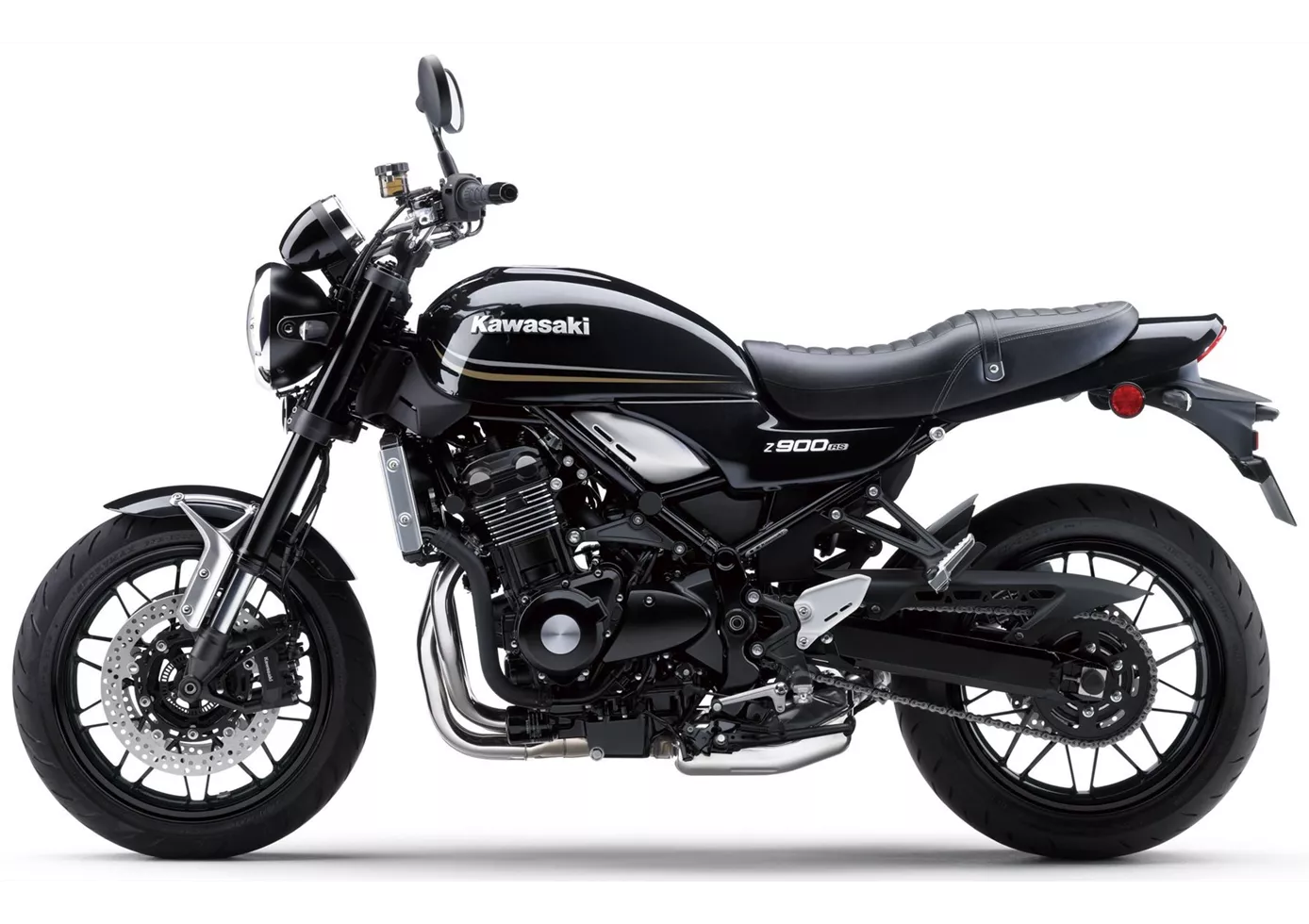
A timelessly beautiful motorbike, the Z 900 RS. Its heart, the powerful and silky-smooth four-cylinder, ensures absolute riding pleasure. Even for longer rides, it offers plenty of comfort thanks to its pleasant seating position, well-padded saddle and high, wide handlebars. For those who like retro motorbikes but appreciate modern handling, the Z1 Homage is a very good choice.
Price Comparison Avarage Market Price BMW R nineT vs Kawasaki Z900 RS
There are a few key differences between a BMW R nineT 2018 and a Kawasaki Z900 RS 2021. In terms of price, the actual average price of a BMW R nineT 2018 is about 21% higher. Compared to Kawasaki Z900 RS 2021 there are more BMW R nineT 2018 bikes available on the 1000PS.de Marketplace, specifically 15 compared to 14. It takes less time to sell a BMW R nineT with 115 days compared to 125 days for a Kawasaki Z900 RS. Since model year 2014 1000PS.de editors have written 57 reviews for the BMW R nineT and 26 reviews for the Kawasaki Z900 RS since model year 2018. The first review for the BMW R nineT was published on 17/10/2013 and now has more than 17,000 views. This compares to more than 63,700 views for the first review on Kawasaki Z900 RS published on 06/09/2017.

